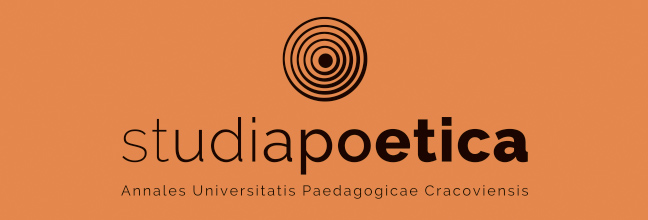Bureaucracy in the machinery of the Holocaust: selected aspects of the functioning of the administration in the Lodz ghetto
Main Article Content
Abstract
The subject of the article is to discuss the question of the role of the bureaucracy in organizing and carrying out the extermination of the Jews during World War II. The authors treat bureaucracy in two ways. On the one hand, as a model for the functioning of Western societies, which base their decision-making on laws and existing procedures, and on the other hand, as a functioning administrative machine. The concept of bureaucracy described by Max Weber was complemented by Martin Heidegger's observations on modern technology and sociologists' findings on the causes and course of the Holocaust. The theoretical models were confronted with the functioning of the Lodz Ghetto administration headed by Chaim Mordechai Rumkowski. In this aspect, attention was paid, among other things, to the excessive growth of the bureaucracy, its involvement in controlling the population and organizing deportations, and the significance of introducing its own currency or postage stamps. The entire study was based on the literature on the subject and archival materials.

